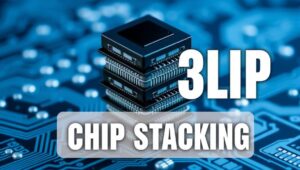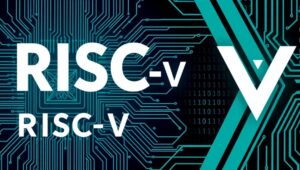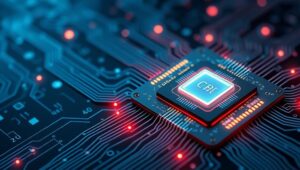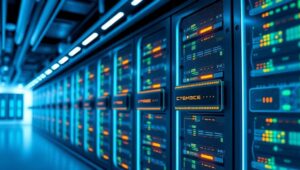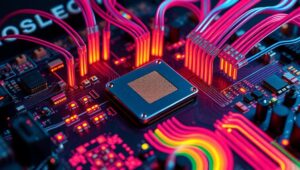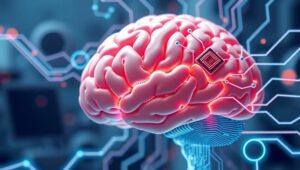Biological Computing: Harnessing Living Cells (2035 Vision)
Biological Computing: Harnessing Living Cells (2035 Vision) Imagine a world where computers aren’t built from silicon and circuits, but from living cells. This isn’t science fiction; it’s the burgeoning field of biological computing, and by 2035, it’s poised to revolutionize technology as we know it. What is Biological Computing? Biological computing uses living cells, such as bacteria or human cells, to perform computational tasks. These cells can be engineered to act as biological circuits, processing information and responding to stimuli in predictable ways. Instead of electrons flowing through wires, biological computers use molecules like DNA, RNA, and proteins to encode


